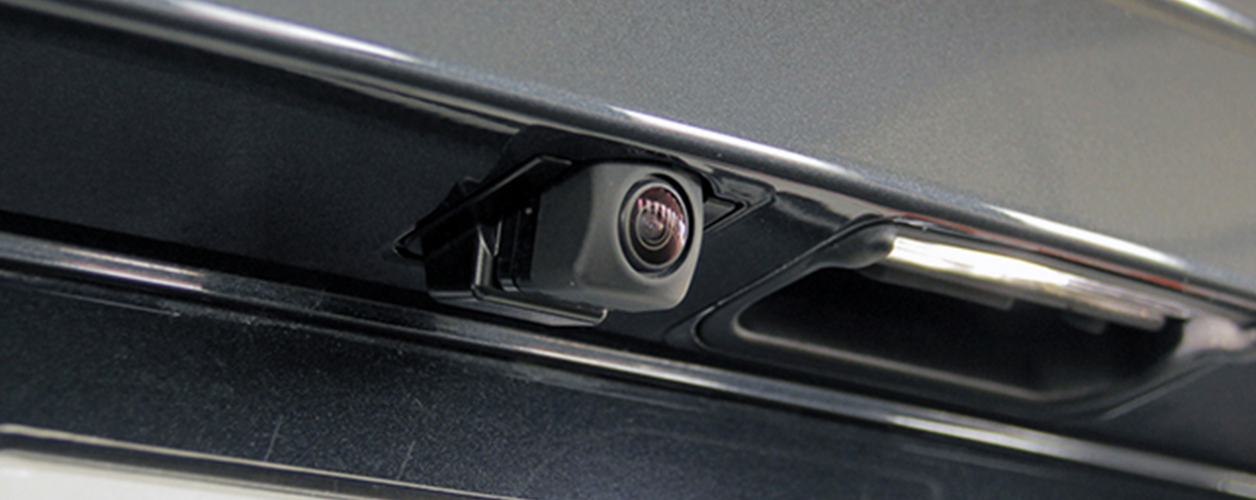Are you unable to find a proper and ultimate guide to UHF Radio installations that additionally discusses various trends and practices in the industry? No worries. We came up with an advanced and easy-to-understand guide for installing a UHF Radio in your residential or commercial property. To achieve this you need to consider a few power management systems, antenna, batteries and mobile or handheld radios. Once you are met with all these considerations, start the installation process by following the steps mentioned in our beginner's guide.
Beginner's Guide For UHF Radio Installations
When you plan to install UHF Radio, there are various considerations you need to take into the picture as each of them has a vital role. So, do take a thorough look for an ultimate guide to UHF Radio installations.
1. Site Survey And Installation Planning
Before anything, you need to assess the terrain and other environmental factors which majorly include topography analysis, climate considerations vegetation and buildings. So, a thorough understanding of these factors should be done while installing the UHF Radio. Each of these factors has a detailed breakdown explanation as follows:
- Geographical Layout- The main objective of geographical layout in topography analysis is to understand natural layouts such as valleys, hills, terrains, plains and many geographical features. To understand a geographical layout, topographic maps are used in addition to onsite surveys and satellite imagery. Thus, the impact geographical layout causes is in line with proper communication and better coverage for signals.
- Signal Propagation Modeling- To predict the propagation of radio waves caused by UHF Radio is an objective of signal propagation modelling. Therefore, effective propagation models like long-distance path loss and free space path loss are used to stimulate signals (mainly based on characteristics like terrains). Signal propagation modelling takes potential obstructions in signals into account and determines antenna placement and ideal tower.
- Weather Conditions- When climate considerations are taken into the picture, one needs to consider whether conditions as variations in it can majorly affect the quality of signals. So, when climate considerations are taken, data on weather is collected depending on various regions. Later on, one can notice the impact of weather conditions like extreme temperatures, snow and rain on signal propagation. Overall, weather conditions drastically affect the reflection, scattering and absorption of signals to and from UHF Radio. Thus, one needs to plan for signal robustness in case of adverse conditions in the weather.
- Seasonal Changes- It is never a guarantee how seasonal changes affect the environment. Therefore, a factor like foliage density is used as a method to check seasonal variations in weather patterns as well as vegetation. So, if you have insights on seasonal changes, then you can clearly understand how it helps in network designing and environment fluctuations.
- Vegetation Analysis- It evaluates the impact caused on signal strength mainly by aspects like trees and other vegetation. Thus, one can conduct an on-site survey to identify locations of trees and vegetation using radio frequency propagation tools. Once this method is used to identify tree locations, problems with blockages in signals will drastically fall and, in turn, one can design a network free of signal blocks.
- Building Analysis- An important objective of building analysis is to determine the building's influence and its structures on the coverage of signals. Hence when a building survey is conducted identification of materials potential signal blockages sizes and other aspects will be done. This creates shadow zones and signal reflections which in turn impact the quality of signals and their coverage. So, a building should be penetrated with technology from the stage of planning itself.
2. Planning For Signal Coverage And Reliability
Immediately after assessing environmental factors and terrain, one needs to plan for signal coverage and reliability of UHF Radio. Before you need to start with identifying the coverage areas using population density maps and demographic data by targeting coverage areas. With this, you can determine which area ensures the signal network that meets your service requirements. Next to that, you need to determine signal strength and its quality within the chosen coverage area. You can perform this by performing radio frequency stimulations and understanding the characteristics of signal propagation.
The next thing is to assist the data and its density for planning a network capacity by analysing growth projects and recognised industry benchmarks. The reason for doing this is to prevent network conditions and their degradation during UHF Radio
peak usage. You also need to do redundancy planning in the following manner:
- Identify critical UHF Radio components
- Assessing backup systems and failover mechanisms
- Disaster recovery planning
- Power considerations like power source reliability and backup power systems.
3. Proper Grounding Techniques
Grounding is an installation technique mostly used for UHF Radio installation as this ensures safety and electromagnetic interference. There are different ways of grounding practices when you want to install a UHF Radio like the ones mentioned here.
- Grounding Rods- Installing these rods at strategic points shows how effective grounding can work in the case of UHF radio installation. As they are usually made of conductive materials like aluminium and copper, they can be easily inserted into the ground. Moreover, these grounding rods have low resistance conductivity and are connected to communication equipment. It is a reliable setup if your priority is to dissipate electric charges, ensure stable reference potential and prevent static electricity build-up.
- Bonding- It is the practice of installing a UHF Radio by connecting it with various grounding points and maintaining equipment throughout the system. The reason for connecting the system to various grounding points is to ensure the same electric potential throughout the system and reduce the risk of equipment damage. Bonding also enhances the effectiveness of the overall grounding system.
- Grounding Conductors- If you want to achieve a low resistance path for your radio, then you need to use proper and quality grounding conductors made of copper. This is because copper conductors have high conductivity and resistance to corrosion. However, the science and length of copper conductors should be chosen depending on the requirements of your UHF installation.
- Regular Inspection And Maintenance- Despite the care you took while installing a UHF radio, you should never forget about regular inspection and maintenance as these ensure effectiveness. Inspection includes regularly checking grounding rods, and bonding connections and verifying the grounding conductors' integrity. In addition to this, maintenance helps to identify, determine and address potential problems of UHF Radio.
4. Interference Mitigation Strategies
Once you are done with the installation task, you need to start with interference mitigation strategies as these help in identifying and reducing the signal interferences. Two such interference mitigation strategies are known to be spectrum analysis and RF shielding.
- Spectrum Analysis- Identifies the interference sources and helps to choose clear signal frequencies.
- RF Shielding- Acts as metallic enclosures to external signal interferences and gives proper insulation to sensitive UHF Radio equipment.
There are also spectrum analysis tools and practices that visually analyse the frequency of spectrum for signal interferences. These tools are usually referred to as spectrum analysers.
5. Coordinating Frequencies In Multi-Radio Environments
The final step in UHF Radio installation is to coordinate frequencies in multi-radio environments by doing a channel assignment and frequency coordination. Channel assignment minimises the signal interference between two radios that are operating nearby. Frequency coordination determines the frequency used by all the neighbouring systems to avoid conflict between two systems and ensure seamless communication. Avoidance of channel conflicts can be achieved by using appropriate frequency band channels and Dynamic Frequency Selection (DFS) detectors.
Conclusion
As different installation practices like grounding rods, bonding and grounding conductors are explained in detail, you can choose any practice in need with your requirements. This is because each of them ensures optimal performance of the radio, reducing the risk of equipment and enhancing effectiveness. Now, if you are still worried about all the technicalities relating to UHF Radio installation, instead opt for professional UHF radio installers near you.












